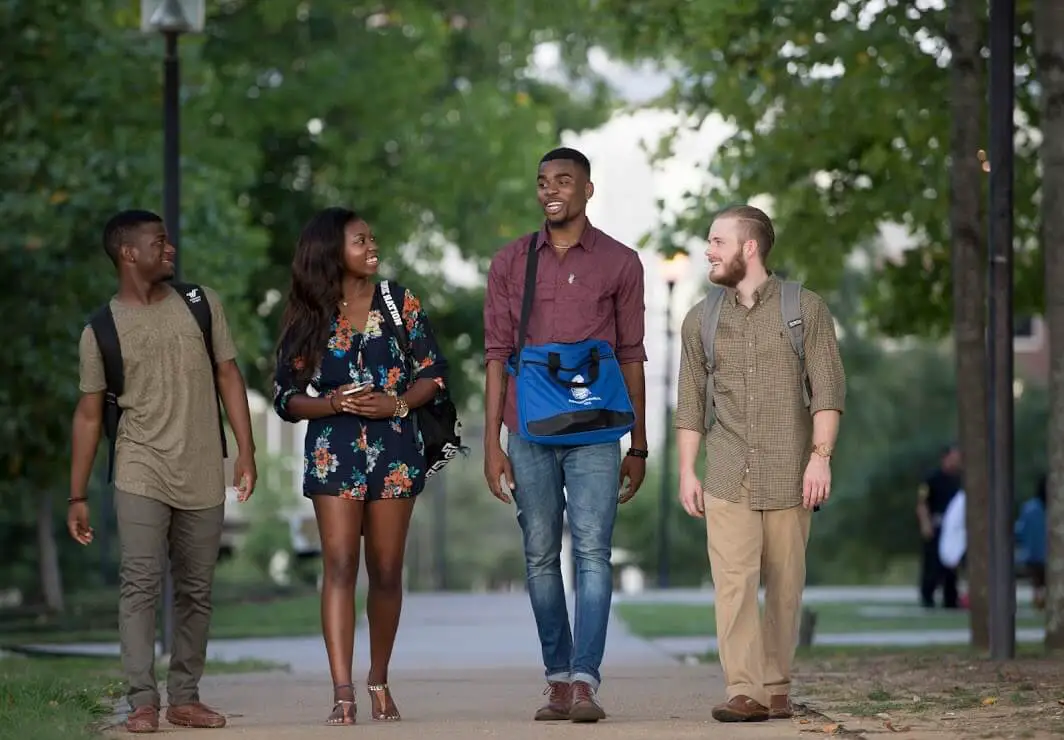The University of Wisconsin (UW) – Madison on Friday removed a large rock from campus due to the persistent requests of students who view it as a racist symbol.
Named the Chamberlin Rock, the large boulder located on top of Observatory Hill is a tribute to geologist and former UW president Thomas Crowder Chamberlin. However, many students of color believe that the rock represents a history of discrimination.
The issue stems from a 1925 Wisconsin State Journal story where a derogatory term for Black people was used to describe the large, dark rock. The term was common in the 1920s.
According to UW Vice Chancellor for Student Affairs, Lori Reesor, it took courage and commitment for an organization of Black students at Wisconsin to raise the issue and push for change.
“In the midst of demands for justice following George Floyd’s murder last summer, the students wanted change on campus and they worked hard to see this through,” she explained in a news release. “While the decision required compromise, I’m proud of the student leaders and the collaboration it took to get here.”
The Chamberlin Rock
The boulder is a pre-Cambrian era glacial deposit that is more than 2 billion years old.
The 42-ton rock is being moved to university-owned land southeast of Madison. The university said the boulder will continue to be used.
Director of campus planning and landscape architecture at UW, Gary Brown, said transferring the rock to a remote site prevents “further harm” to the community and preserves it for future access.
“Students and the general public will no longer casually encounter the rock, but it will remain available to those specifically seeking it out for teaching and learning purposes,” he stated.
Serving as Inspiration
When a crane was lifting the rock out of the ground on Friday morning, a small group of students witnessed the moment. Among those present during the activity was 2020-2021 Wisconsin Black Student Union President Nalah McWhorter.
She and her group have been requesting the rock be removed from campus since last year. She hopes that their success will inspire more students to advocate for change.
“I see this as offering the next generation of students something to build off of,” McWhorter said. “We got this project going, and now the next round of students can continue to work on the other demands and come up with other ideas. We hope this movement and this momentum carries on.”



